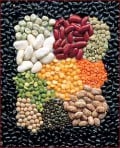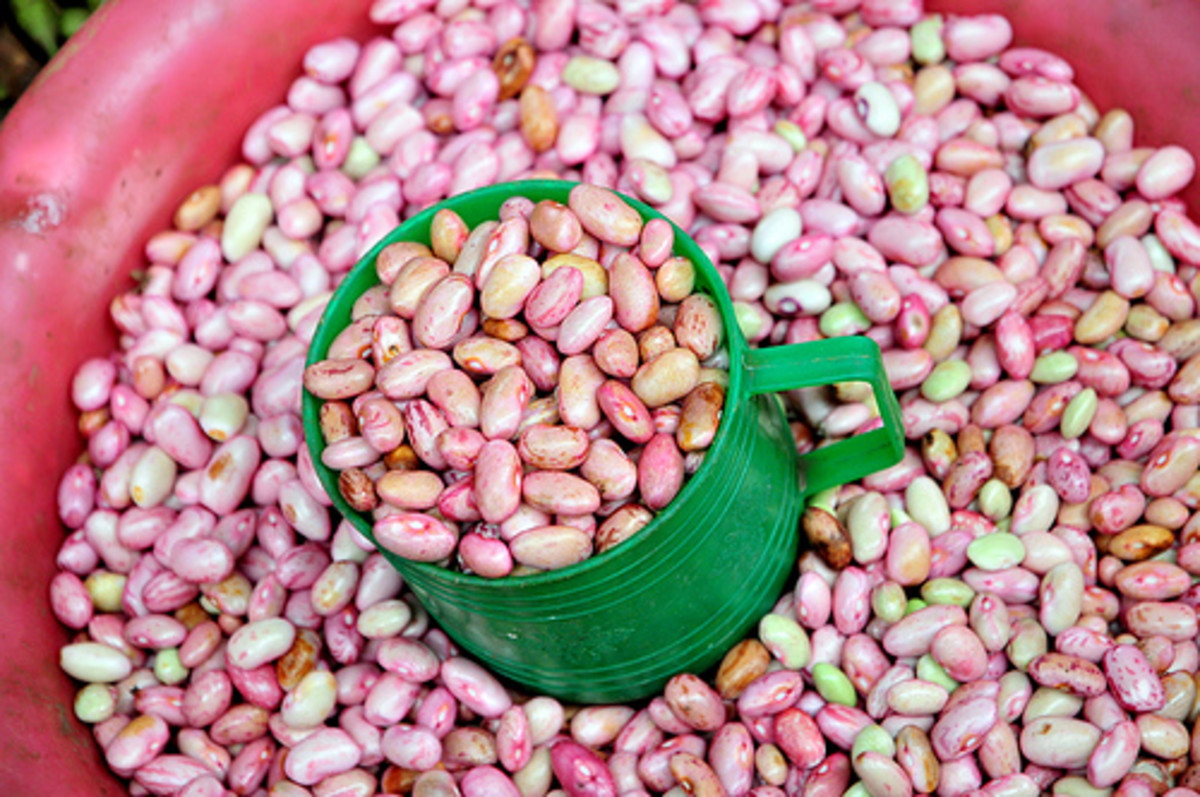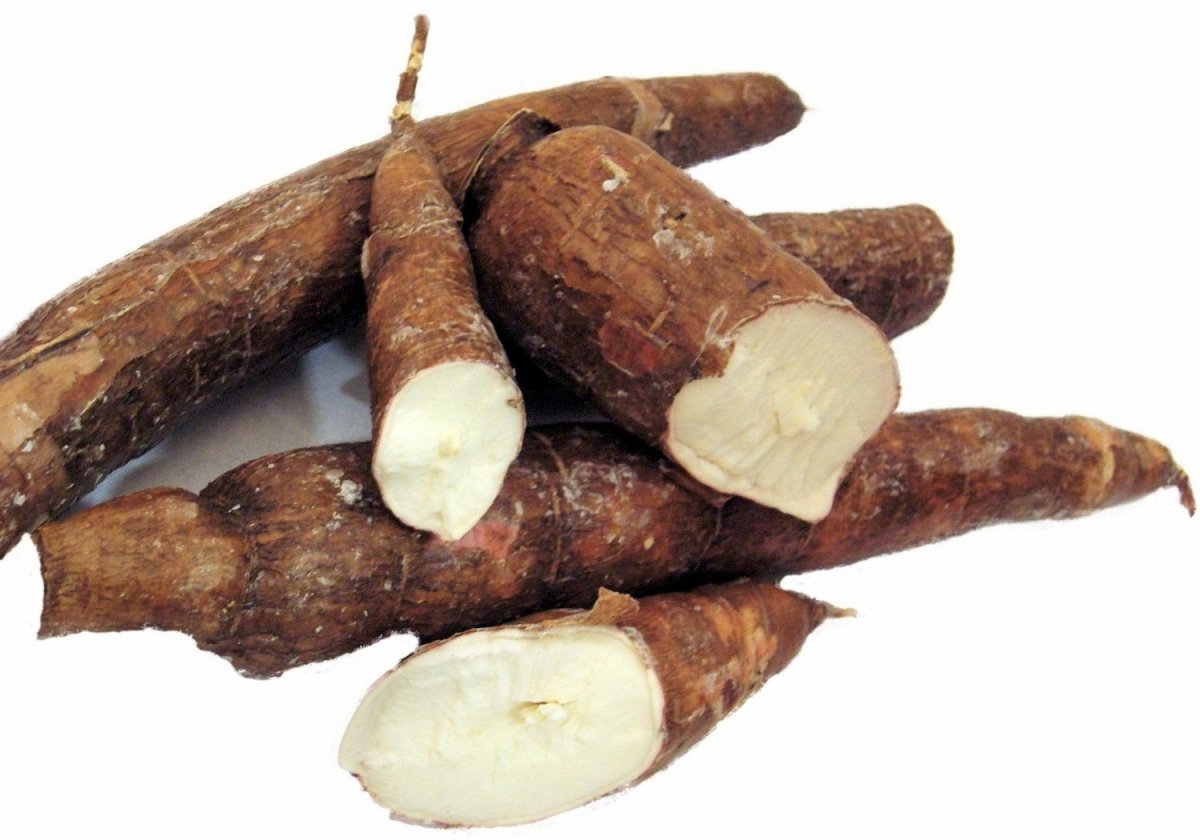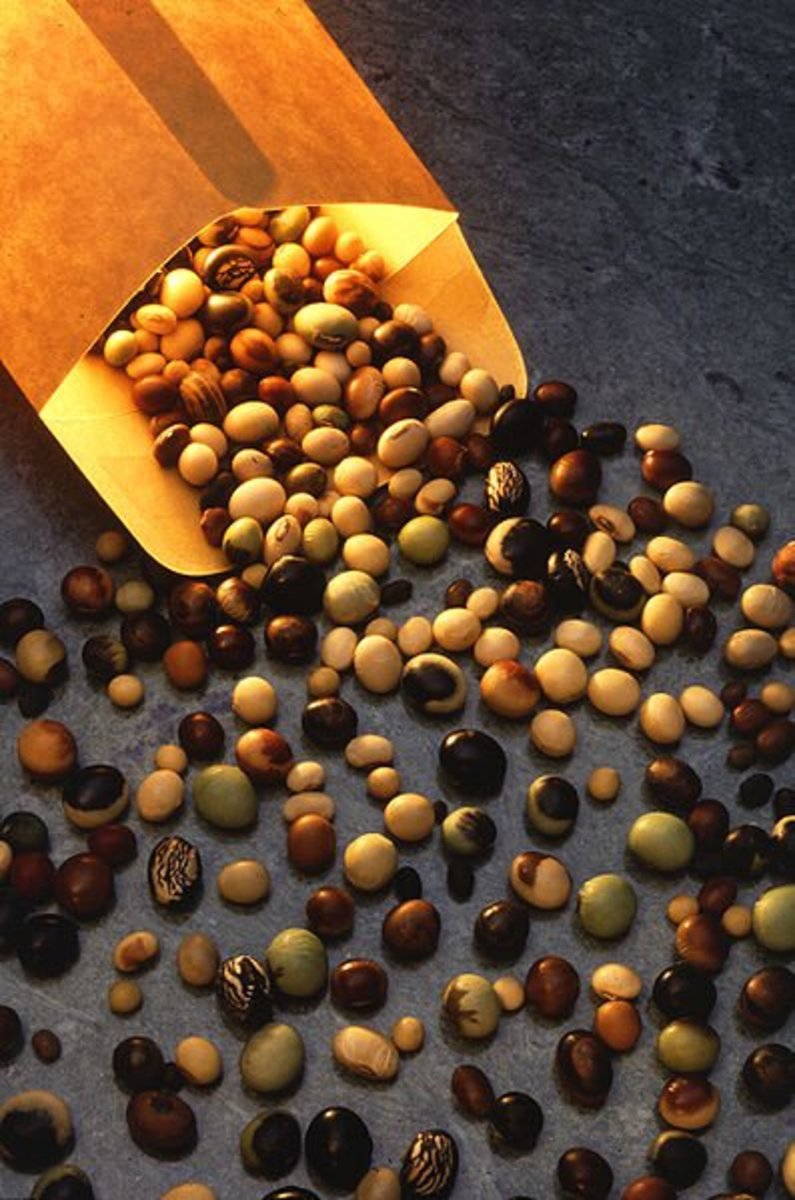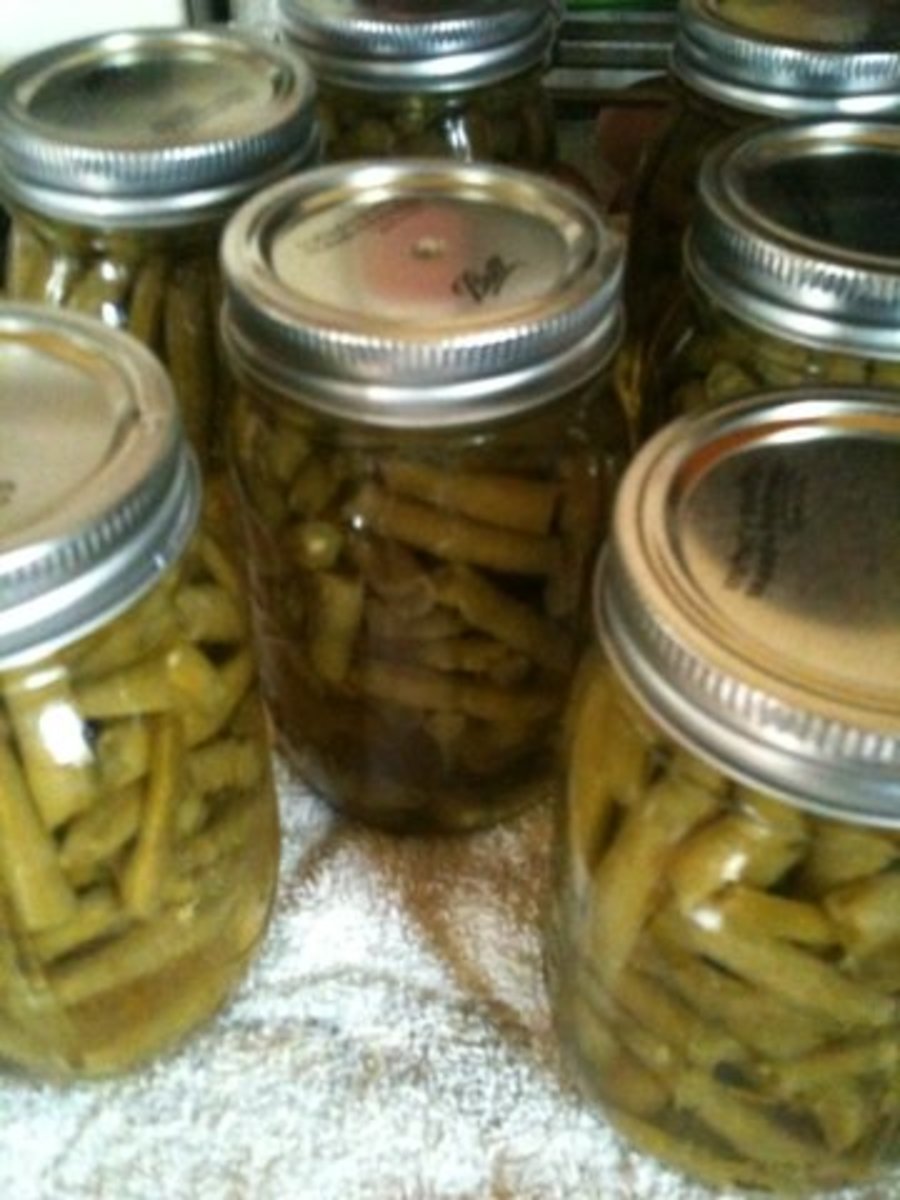- HubPages»
- Food and Cooking»
- Cooking Ingredients»
- Vegetable Ingredients
Legumes: Buy | Cook | Calories | Nutritional Value
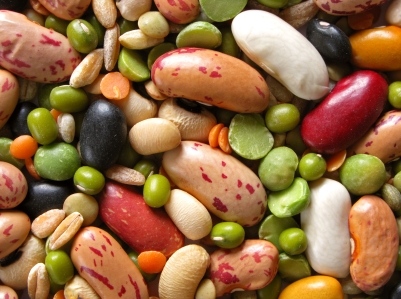
How to buy legumes?
Though legumes can last very long, almost for the whole season in air tight containers in your kitchen, but you should try to buy new legumes on a frequent basis. Always check while buying that they should be smooth and wrinkled. It is also believed that the older your legumes and beans get, the longer it takes in cooking them.
Buy dried legumes here
Nutritional Value of Legumes
If the pulses and legumes are not part of your diet, you do not know what you are missing. In simple words, the term legume refers to plants whose seeds are enclosed in pods. Thus, cooking legumes are the edible seeds of these plants like beans, lentils, peas, and chickpeas. Legumes provide a great deal of complex carbohydrates and are also rich in protein. Though pulses and legumes do not have the same nutritional value as in animal protein, you can consume them with cereals, rice, or with some meat to get the right amount of amino acids in your diet. Legumes are also a good source of dietary fiber coming next after oat bran. Legumes are also rich in folic acid and B complex vitamins, which are extensively studied by nutritionists due to its protection against congenital defects and prevention of heart problems. The adzuki beans or red kidney beans (famous rajma in Hindi) and other legumes are richest source of zinc, iron, magnesium, manganese, potassium, Thiamin (B1), and phosphorus. Legumes do not contain any fat and cholesterol. Some recent studies have shown use of pulses and legumes in cholesterol and blood glucose management.
Calories of Legumes
The yield of legumes is also very good, which makes them low cost foods. It is interesting to note that only 500 gm of raw legumes yield approximately 8 to 9 tea cups of cooked food. If you want to know how much calories they provide, then you will wonder that 100 gm of raw pulses on average has 340 calories. But when lentils get cooked, 80 gm drops to just 48 calories and 100 gm of grains provide 90 calories.
How to cook legumes fast?
Normally, legumes should be soaked in water overnight or at least 1 hour before cooking for faster cooking. If you do not have time for soaking because guests are visiting your house in just 4 hours or child wants to eat them right now, then boil them for 3 to 5 minutes and just leave for another 2 hours before cooking. Always remember to throw the water after soaking as the soaked water will promote the formation of gas when it starts to boil because of the complex carbohydrates which form the gas. Thus, it is best to drain and use new water for cooking. Some people are frightened because they have read in the news that these foods contain toxins and it is right. They actually contain a very small amount of toxin which is destroyed during cooking so there is no risk at all.
Another interesting point in relation to cooking legumes and beans is that many people complain that while I cooked beans thoroughly, the outside remained hard. This happens when you add acidic foods like tomatoes and vinegar and salt at the initial time of cooking, so it is recommended to cook legumes and beans without anything first and then add the remaining ingredients for taste and flavor. This will make your legumes, lentils, chickpeas, and beans soft and easily digestible that you will like so much.



